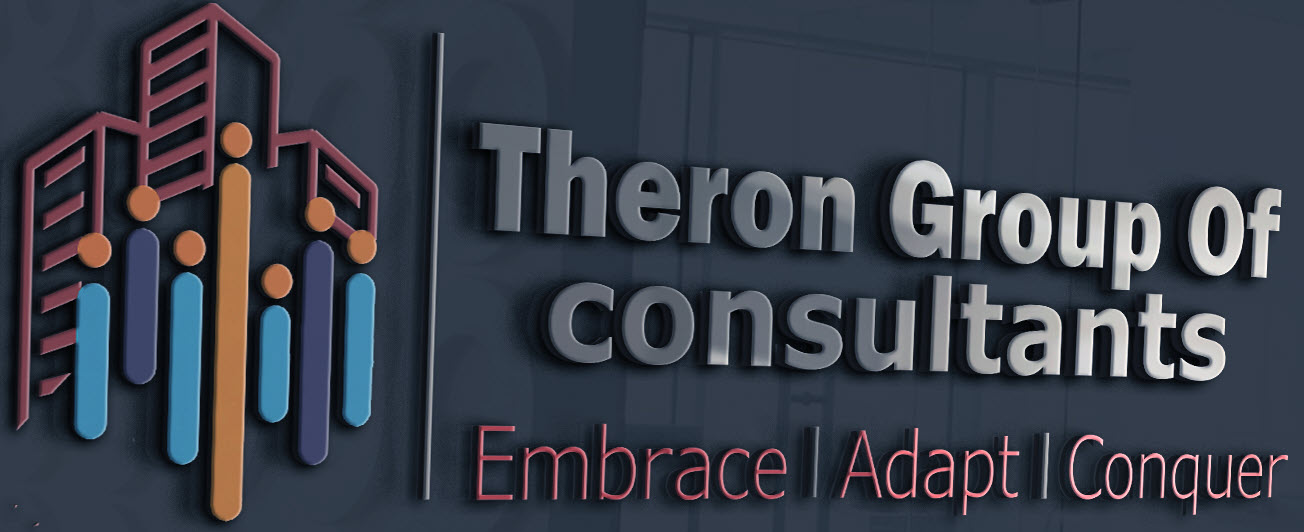Bricks Ltd recently had a board meeting where it was resolved that the company has to obtain more capital due to a range of highly profitable expansion opportunities. Currently, the company has a debt-to-equity ratio of 50% and a beta of 1,5. The company wants to list on the Johannesburg Stock Exchange (JSE) in order to raise equity and lower its debt-to-equity ratio to 33%. The CFO of the company however indicated that it is possible to obtain inexpensive debt financing which she feels would increase the return to shareholders.
She indicated that the company could obtain indefinite revolving financing at a before tax rate of 12% per annum with the capital sum only to be repaid when the company wants to settle the loan. This option would increase the debt/ equity ratio to 67% (R134m in debt). The company currently has R100 million of debt and will not retire any of it if they list.
Other information*
The risk-free rate is 8,5%. The market risk premium is 6% and it is general internal practice to use Hamada’s equation (Bu = Bl/ [1 +(1 -T) D/E] to un-lever and Bl = Bu x [1 + (1 – T) D/E] to re-lever) to estimate the risk associated with a particular capital structure The current capital structure is usually used as the base structure to be unlevered.
A very similar company in the same industry recently issued 10 year, R10 000 par value, 15% annual coupon rate, bonds for R9 900.
Bricks Ltd has a target debt ratio of 0,40 (debt to assets) and the company uses its weighed average cost of capital to evaluate potential projects as well as its own market value.
A tax rate of 28% applies.
The company currently has interest payments of R10 million per annum, operating profit (EBIT) of R50 million and income (revenue) of R100 million Assume that operating profit and income will not change.
Required: Compare the current capital structure to both the proposed structures (in a table), with emphasis on the weighted average cost of capital. Also compile a table of ratios, which you can analyse (use the interest coverage/ times interest earned, net profit margin and return on equity ratios). Make a detailed recommendation to the board regarding which capital structure should be chosen in your opinion. Base your opinion on issues such as risk, control, flexibility, and profitability.
Solution
= 8.5% + 1.5(6%)
Current Capital Structure
Cost of Equity
Re = rf + b(MRP)
= 17.5%
Cost of Debt
15%
R10 000 par value, 15% annual coupon rate, bonds for R9 900.
15% (1-0.28)
=15% (0.72)
=10.8%
Weights (DEBT to EQUITY RATIO)
Equity = 100m/0.5
= 200m
50% = R100m: R200m
Currently, the company has a debt-to-equity ratio of 50% and a beta of 1,5
The company currently has R100 million of debt and will not retire any of it if they list.
The above two sentences have been extracted from the question.
WACC= wdrd + were
0.33 x 10.8 +0.67 x 17.5%
=3.564% +11.725%
=11.289%
Indefinite revolving financing
Beta Unlevered
Unleveraged beta measures the risk of the company in relation to market, without debt.
Levered Beta takes into consideration the effect of debt on the institution`s performance.
